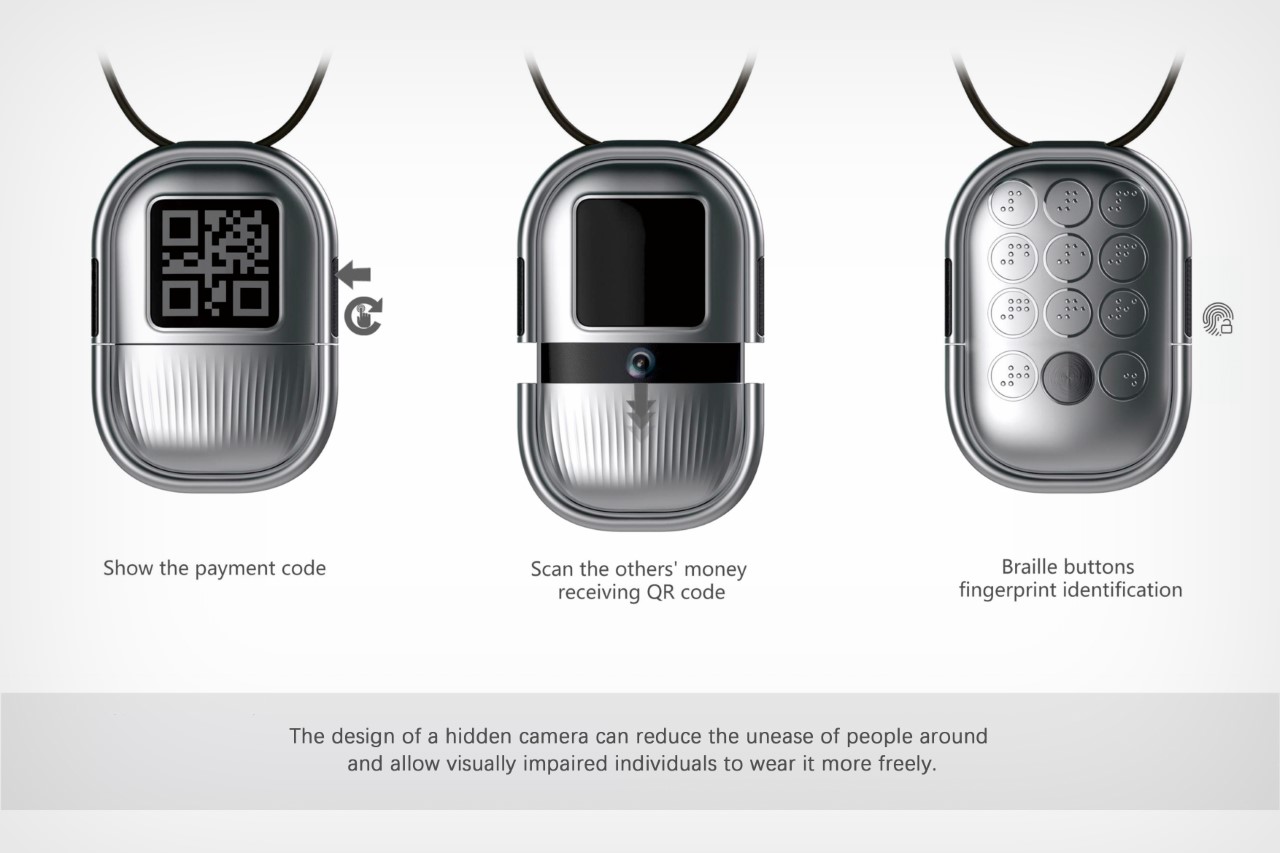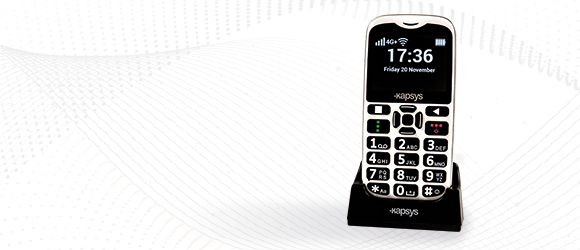Assistive Technology for the Blind: Innovations to Transform Lives
Assistive Technology for the Blind: Innovations to Transform Lives
Blog Article
Discover Ingenious Tools Developed for the Visually Damaged
The development of innovative tools for the aesthetically damaged represents a substantial innovation in accessibility and freedom. Technologies such as wise glasses with AI abilities and mobile applications created to provide acoustic summaries are reshaping daily experiences for customers. Furthermore, wearable devices that utilize haptic responses enhance environmental awareness, while modern-day Braille developments supply new means to involve with text. As these tools remain to progress, their impact on the lives of those with aesthetic disabilities elevates important inquiries about the future of inclusivity and freedom in numerous aspects of life. What lies in advance in this technical landscape?
Smart Glasses for Navigating

Smart glasses made for navigation are transforming the way aesthetically impaired individuals connect with their setting. These innovative tools make use of a mix of video camera technology, man-made knowledge, and auditory feedback to give real-time information concerning environments. By employing challenge discovery systems, smart glasses can signal customers to potential risks, allowing safer flexibility in both unfamiliar and acquainted settings.
The combination of GPS technology better boosts navigation abilities, enabling customers to obtain auditory instructions as they move. This hands-free technique not just cultivates independence however also encourages visually impaired individuals to navigate urban landscapes with boosted confidence. In addition, several wise glasses are equipped with functions that recognize sites and street signs, supplying contextual information that boosts the user experience.
Additionally, the growth of these tools is continuously progressing, with business working to improve the precision of item recognition and broaden the range of navigational attributes. As smart glasses come to be a lot more obtainable and economical, they hold the potential to considerably change day-to-day live for aesthetically damaged customers. Ultimately, these innovative devices stand for a crucial action towards inclusivity, offering boosted movement and a greater sense of freedom for individuals browsing the world around them.
%20(1).webp)
Mobile Application for Daily Living
How can mobile applications boost the everyday lives of aesthetically damaged people? Mobile apps are reinventing the way aesthetically impaired individuals browse their environments, manage everyday tasks, and accessibility information. These applications provide vital support with various performances, fostering freedom and enhancing lifestyle.
A number of ingenious mobile applications are created specifically for day-to-day living. Applications like Be My Eyes link aesthetically impaired individuals with sighted volunteers by means of video calls, allowing them to get real-time assistance with jobs such as checking out tags or navigating strange rooms. Seeing AI, established by Microsoft, uses man-made intelligence to describe environments, checked out text, and determine things, efficiently transforming a smart device right into a powerful tool for day-to-day help.
Furthermore, navigation apps tailored for the visually impaired, such as Aira and BlindSquare, offer audio-based directions and environmental info, making it possible for users to traverse their surroundings safely and with confidence. Beyond navigation and immediate support, mobile applications also sustain organization and job administration, with functions that help customers set pointers, produce to-do lists, and track consultations. In recap, mobile applications work as vital sources, encouraging aesthetically impaired individuals to lead even more independent and satisfying lives.
Wearable Technologies for Assistance
Empowerment through innovation is increasingly obvious in the world of wearable devices developed to assist visually damaged people. sites These cutting-edge devices incorporate flawlessly into life, enhancing navigating and providing vital comments to users. Smart glasses equipped with cameras can recognize faces and check out text out loud, allowing individuals to communicate more confidently in specialist and social settings.
An additional significant innovation is the usage of haptic responses systems in wearable devices. These systems utilize vibrations or various other responsive signals to communicate details regarding the customer's atmosphere, such as barriers or changes in terrain, improving wheelchair and safety. Wearable modern technologies additionally include wristbands that connect to mobile phones, alerting users to notifications via subtle vibrations, therefore boosting connection without dependence on aesthetic cues.
As these technologies remain to evolve, they are not only improving self-reliance for visually damaged people but also promoting a greater sense of addition in society. By bridging the void in between challenges encountered in everyday living and the capacity for freedom, wearable modern technologies function as pivotal tools in the mission for equality and empowerment for those with visual impairments.
Audio Summary Devices
Audio summary tools play an important function in improving availability for visually impaired people, giving them with the capacity to engage with visual media. Screen readers for the blind. These tools supply narrated descriptions click over here now of vital visual aspects in movies, tv shows, and live performances, guaranteeing that customers can completely understand the context and feelings shared via visuals
Audio summary can be incorporated right into numerous platforms, consisting of streaming services, movie theater testings, and live cinema. Numerous preferred streaming services currently consist of audio description as an ease of access feature, enabling visitors to select it quickly. Along with traditional media, specialized applications additionally exist, supplying audio summaries for art exhibits, galleries, and other cultural occasions.
The performance of audio description hinges on the ability of the narrators, who need to convey aesthetic details succinctly without taking away from the original sound. Innovations in this field are additionally leading the way for even more individualized experiences, where individuals can change the degree of information and pacing according to their choices.
Braille Innovations and Gadgets
Braille developments and devices have substantially transformed the way aesthetically impaired individuals communicate with message and information. Modern improvements have actually brought about the growth of functional devices that boost literacy and self-reliance among customers. Significantly, Braille display technologies have actually developed, permitting dynamic analysis experiences. These gadgets convert electronic message right into Braille, enabling view website users to access a substantial variety of details on smart devices, tablet computers, and computer systems.
Moreover, portable Braille notetakers incorporate conventional Braille input with modern-day capabilities, helping with note-taking, scheduling, and paper editing and enhancing on the go. Mobility aids for visually impaired users. These portable tools commonly include text-to-speech capabilities, linking the gap in between Braille and acoustic details
Furthermore, innovative Braille printers have arised, enabling individuals to create Braille tags, records, and instructional products successfully. This access cultivates higher participation in expert and educational atmospheres, ultimately advertising inclusivity.
Moreover, research study into wise Braille innovations remains to increase. Devices that include expert system are being discovered to supply real-time navigation support and contextual info, enhancing the user experience in diverse settings. Overall, these advancements show a dedication to encouraging visually impaired people through technology, ensuring they can conveniently gain access to and involve with the globe around them.

Conclusion
The development of innovative devices for the visually impaired considerably boosts freedom and high quality of life. These modern technologies not only foster higher addition yet additionally advertise freedom in daily activities, inevitably contributing to an extra available and fair culture for aesthetically damaged individuals.
As wise glasses come to be a lot more inexpensive and obtainable, they hold the possible to significantly change daily life for visually damaged individuals. Mobile applications are revolutionizing the means aesthetically damaged users navigate their settings, manage daily tasks, and gain access to details. Apps like Be My Eyes link visually impaired customers with sighted volunteers via video clip telephone calls, enabling them to receive real-time support with tasks such as checking out tags or browsing strange rooms.In addition, navigation applications customized for the aesthetically impaired, such as Aira and BlindSquare, offer audio-based instructions and ecological information, allowing customers to traverse their surroundings safely and with confidence.The development of innovative tools for the aesthetically damaged dramatically enhances freedom and quality of life.
Report this page